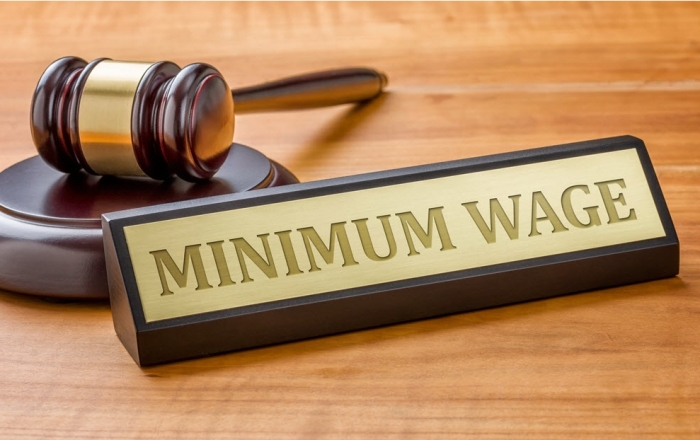Fixation of wages cannot be left completely upon the demand and supply as it would lead to the exploitation of the financially weaker section of the society. To prevent such things government of India created “The Minimum Wages Act of 1948”. The main aim of introducing this act is that no employer shall pay less than the minimum wages prescribed by notification under the minimum wages act.
Under the minimum wages act of 1948, minimum wages are revised for the employments where the labours are vulnerable to exploitation. Both central and state government has the rights to revise the minimum wages for the employments falling under them.
Procedure of Fixing and Revising minimum Wages
The government can fix or revised the minimum wages by the following method
- Appointing Committees – By appointing committee or subcommittee which will hold enquiries and will advise the necessary measures to be taken.
- Through Official Gazette -By publishing its proposal for the official notification through the gazette.
Criteria for fixing Minimum Wages
Under the minimum wages act following are the criteria for minimum wages
- Time Rate – It is fixed according to duration of work done by the labour.
- Piece Rate – It is fixed by the total number of manufactured pieces in factory.
- Overtime Rate – Minimum rate is fixed by overtime done by the labour excluding time and piece rate.
Scope and Objective of Minimum Wages Act of 1948
- To ensures that basic necessities like health, comfort etc of the employee or labours are fulfilled.
- To ensure that they are getting the fair amount of wages.


Great content! Super high-quality! Keep it up! 🙂